Forage quality
×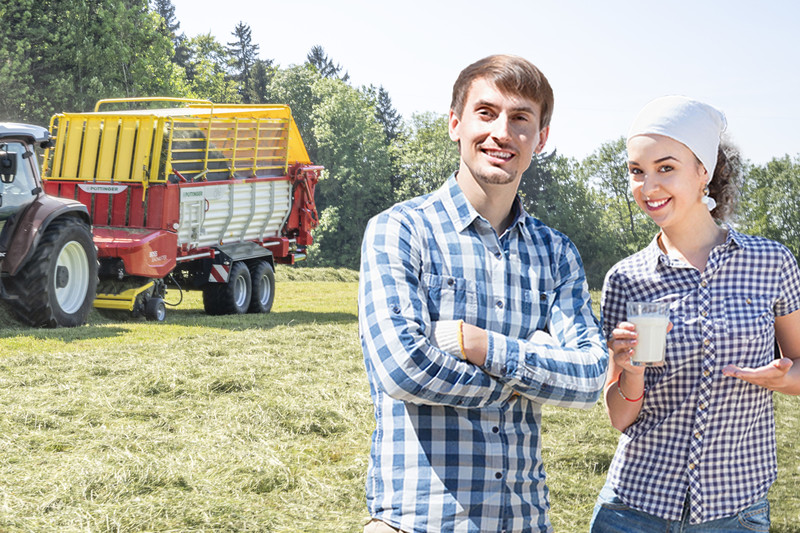
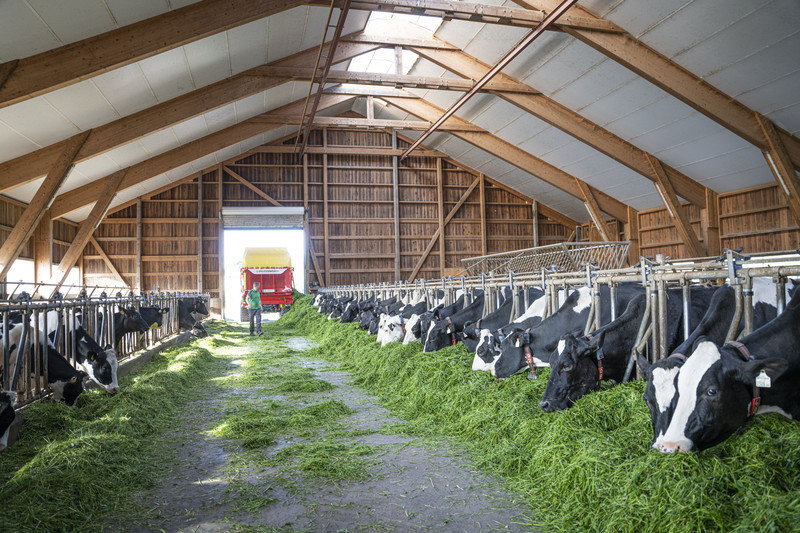
For your livestock
As a farmer, you know: High yield livestock need a high quality basic ration.
Ruminants are fussy about their forage. The quality of the basic ration they are given, in other words its energy content, digestibility, odour and taste, determines whether your animals consume large amounts of it.
What they like most is basic ration that is clean and tasty. The amount of concentrates used can be reduced. This cuts forage costs while at the same time improving animal health. Healthy livestock are more fertile, enjoy a longer active life and - crucially - yield more milk and meat.
The bottom line is that you benefit from clean, high quality forage with more profit from your farm business.
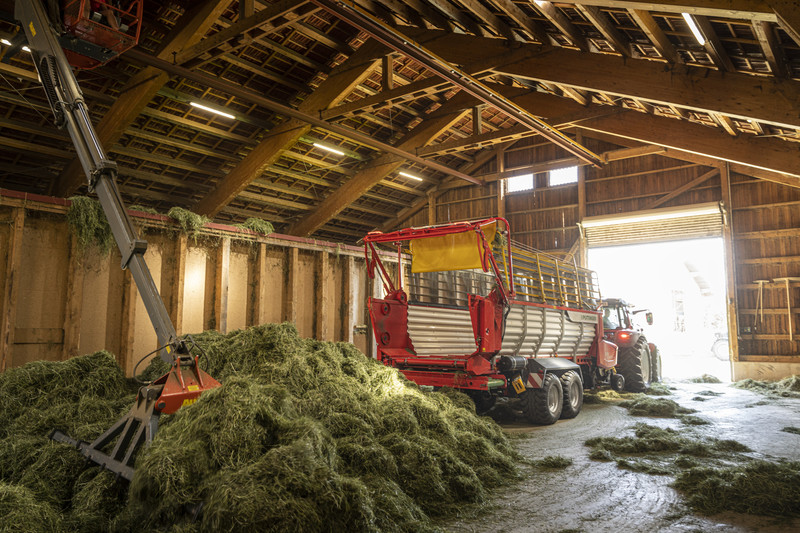
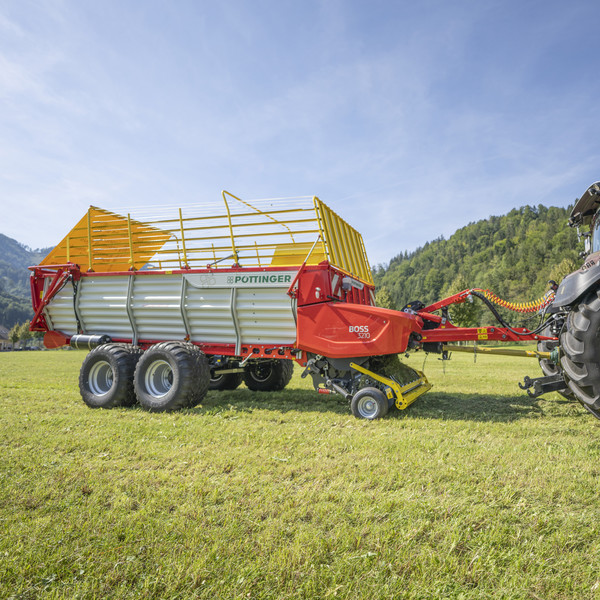
Neat work
Intake losses need to be kept as low as possible, while at the same time avoiding ingress of dirt that forms clostridia and coliform bacteria in the forage.
That is why harvesting machines need to work as close to the ground as possible without scraping. If the field is not level, special attention must be paid to ground tracking of the machinery.
Leave nothing behind
The job is done, but is there still money left lying in the field?
Reducing the machinery speed reduces the risk of disintegration losses. The crop is handled more gently during mowing, conditioning, tedding, raking, loading or baling, and disintegration of the plant material is avoided. This means that less crop is left lying in the field.
The result is more energy, more crude protein and less crude ash in the basic ration.
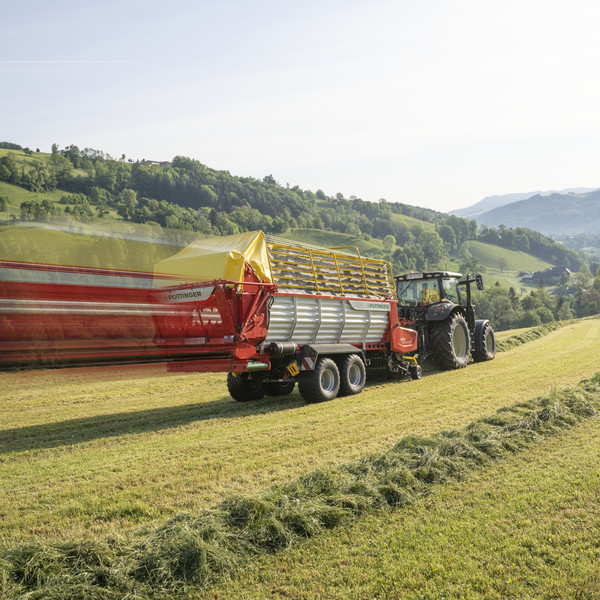
At top speed
If you harvest during the phase when the buds or panicles are forming, the crop has a dry matter content of around 20 %. Every minute the cut grass emits its sugar - its energy.
For silage harvesting, there should be no more than 24 h between mowing and collecting the crop from the field. Whether this is possible depends on the weather. The target value of the dry matter content (TM) is between 30 and 40 %.
During hay harvesting, the crop needs to be protected from the next rain.
Particular care must be taken to generate as little transport and loading time as possible while retrieving the crop. This can be done by enabling higher loading speeds in the field and faster driving speeds on the road. A higher transport volume reduces the number of trips to the clamp and therefore the total harvesting time.
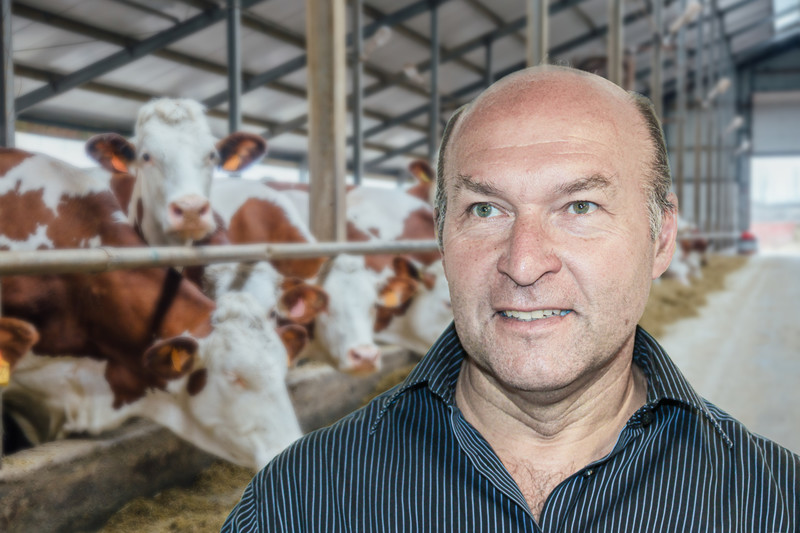
Don't feed your animals crude ash!
“There are many reasons why high crude ash content prevents cost effective milk production. Best basic ration is required if cows are to remain healthy, fertile and produce a lot of milk. The basic ration should contain as little earth and sand as possible. These contaminants, shown as “crude ash” in feed composition analysis, cause undesirable side effects. The function of the reticulum-rumen system is reduced. Organisms that affect the ensiling process, such as clostridium, can be brought in. The yield ability, health and fertility of dairy cows suffers as a result.”
Dr. Michael Neumayer Veterinarian Neukirchen am Großvenediger | Austria